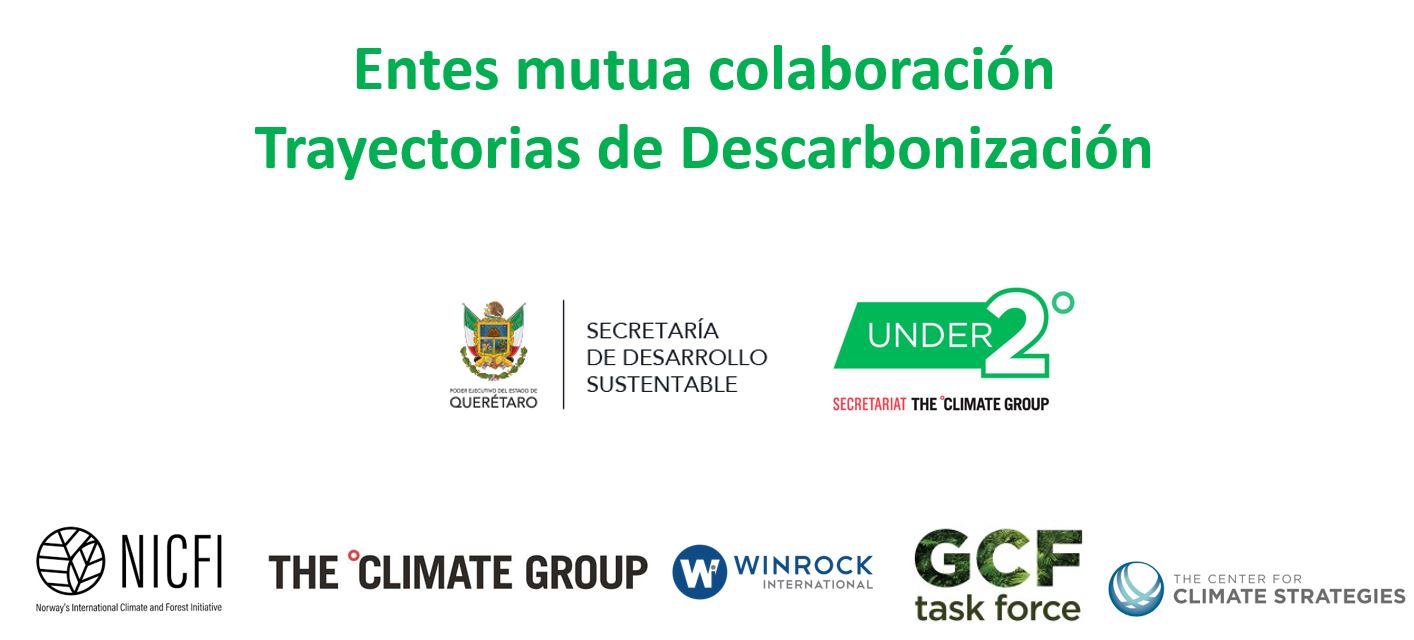Decarbonization Pathways

Current project development phase.
Phase VII: Dissemination of results and lessons learned
Given that Querétaro Intercontinental Airport is a hybrid entity—functioning both as a parastatal organization and as a company with state participation—it must align with the commitments made by the State of Querétaro. The "Decarbonization Pathways" Project aims to strengthen environmental stewardship in our State with a long-term vision toward 2050.
A decarbonization pathway is a combination of actions across key sectors to achieve an ambitious long-term goal of reducing greenhouse gas (GHG) emissions.
The “Decarbonization Pathways” project seeks for state and regional governments in Latin America and the Caribbean—members of the Under2 Coalition—to design their own deep GHG emission reduction strategies. This contributes to their respective national government´s climate commitments, while also strengthening their internal capabilities to measure, report, and verify (MRV) their GHG emissions.
Project Phases
- Phase I: Baseline
- Phase II: Vision and Goals
- Phase III: Identification and Design of Actions
- Phase IV: Scenario Modeling and Impact Evaluation
- Phase V: Final Selection of a Pathway
- Phase VI: Design of the MRV System for the Pathway
- Phase VII: Dissemination of Results and Lessons Learned
The “MRV” process refers to the integration of the actions of Measurement or Monitoring (M), Reporting (R), and Verification (V), as defined below.
Measurement or Monitoring (M)
Data and information related to emissions, mitigation activities, and technical or financial support. This may include direct measurement as well as estimation of GHG emissions using emission factors and activity data, calculation of changes in sustainable development indicators, and collection of information on support provided for climate change mitigation.
Reporting (R)
Compiling information into inventories and other standardized formats to make the data more accessible to a wider range of users and to facilitate the public dissemination of information.
Verification (V)
Submitting the information periodically to some type of review or independent evaluation to ensure completeness, transparency, accuracy, and reliability. Verification helps confirm compliance with established procedures and can provide valuable feedback for future improvements.
